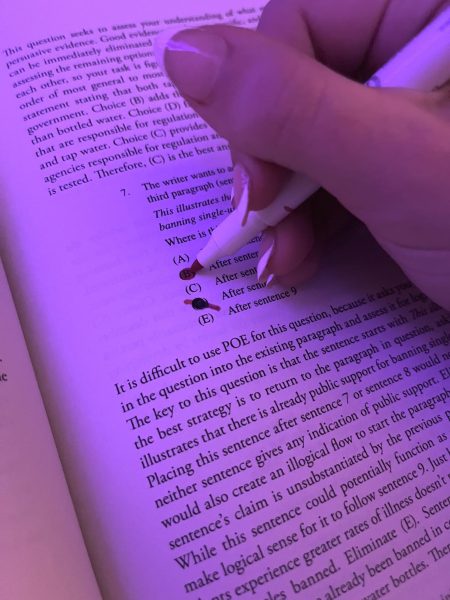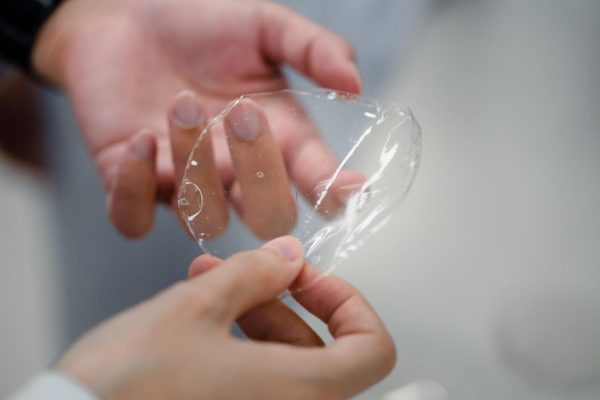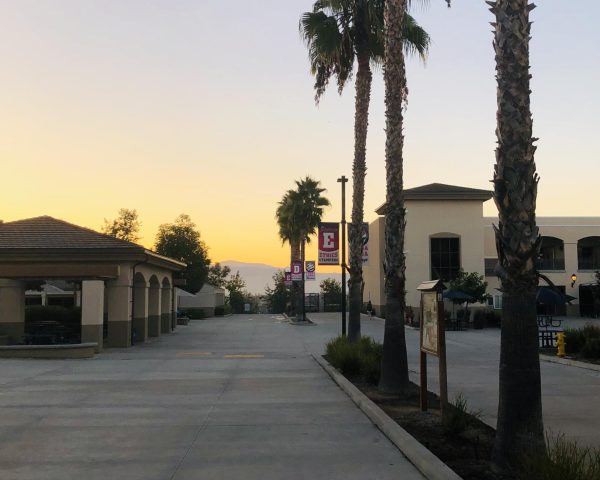Intro to Politics – Criminal Justice Reform

An image representing the justice system from a historical viewpoint.
February 28, 2021
Criminal justice reform is defined as “working to lower or end the number of prisoners in the justice system through litigation and advocacy” (criminaljusticeprograms.com). This reform is done at all levels of government, from national to local. Although throughout history, all criminal justice systems have had flaws, the reform aims to fix pre-existing errors in various ways. Under the category of reform, there are two key components that are in dire need of fixing.
One of the biggest areas for reform is prison sentencing. Mass incarceration has been introduced for both the democratic and republican parties in the past decade. There has been “a growing bipartisan consensus that the uniquely American policy of mass incarceration is both fiscally and morally unsustainable”, according to The Sentencing Project- an organization dedicated to the reform of prison sentences laws. This organization calls attention to the rise in incarceration that began in the 1970s, caused by changes in policies. In comparison, crime rates have actually dropped since the 1990s. The website, sentencingproject.org, points out that the statistics behind crime rates expose the flaws in the way that we are sentencing. Another aspect of sentencing that is highly controversial is life sentencing. Critics of life sentences argue that life sentences are simply immoral. They use the scientifically proven idea of psychological development to condemn the idea that a person should be stuck in prison, deterring their life within society, for a crime that they have committed 20+ years ago. There have been thousands of cases of someone who had committed a crime early on in life, given a life sentence (or more), and matured away from the person they used to be. Mass incarceration has also caused prison overcrowding; 2.3 million Americans are incarcerated and prisons are functioning at 1,200% more incarcerations since 1970 (criminaljusticeprograms.com). The solution between the policies with sentencing and its consequence of mass incarceration can be seen as simply fixing how we sentence within the criminal justice system.
A second problem that has grown in importance in the past year is systematic racism. According to Pew Research Center, African Americans represent 12% of the US population, but 33% of those incarcerated. To add, Hispanics make up 16% of the nation’s population, but 23% of those incarcerated. Contrary to the overwhelming ratios of these minorities within the US vs in the prison systems, Caucasians account for 64% of the US population, but only 30% of inmates. African Americans are incarcerated at a rate of five times compared to white people. In 5 states, with predominantly white populations, African Americans are incarcerated 10 times more than white people. With these facts, those within the government and not can see a serious problem with racism in the criminal justice system. These statistics are due to things like racial profiling, drug laws, over-criminalization, socio-economic disparities, and many other examples of how the criminal justice system roots with racist tendencies. All of these examples disproportionately affect people of color in America. In addition to the high amounts of minorities incarcerated, police brutality targets people of color at a rate 2.5 times more than white people (nature.com). Black people are two times more likely to be fatally shot by police and American Indian people and Hispanic people are 1.7 times more likely to face police violence, which are other examples of racially disproportionate examples of police brutality (nature.com). These examples connect to the overall flaws of the criminal justice system and that the criminal justice system is systematically racist. Reform to this issue can be seen through changing the legislation and mindset of the criminal justice system.
Criminal justice reform can be seen in many different forms like petitions calling for change, spreading information about the system, holding public officials accountable to help in the process of reform, getting involved in government, and a variety of other actions that can help make a change. Drashti Vasoya (12), says “As I’ve become more immersed in US politics, I have recognized my privilege as a citizen here and that I can use my power for change, even as a young adult. . I do this by signing White House petitions and giving focus to important social/political issues on social media. When a bigger audience is exposed to these issues, they will also feel awakened and motivated to advocate for other ongoing situations.” These problem affects the US very heavily and educating yourself on what is happening is the first step to making the changes to better the US justice system.











































KAYDEN MANDLEY • Mar 7, 2021 at 11:10 AM
Hey, Karina! This was such a great article. Awesome job giving factual evidence and statistics and citing your sources so I could look more into reforming the criminal justice system.
Suhani Bhanvadia • Mar 6, 2021 at 3:48 PM
I love how you gave statistics that clearly prove what you are trying to say. Often times people ignore the problem because they don’t see it or deal with it everyday and sharing the numbers is really effective in getting their attention.
Sharon Sun • Mar 1, 2021 at 6:52 PM
Hi Karina, thanks for this article! As someone who would like to move into the legal field in the future, reading your article provided a great background!
Paige Reddick • Feb 28, 2021 at 10:13 PM
Thank you for this article! It’s important to all educate each other on the meaning of certain concepts and terms, and this series does just that. I love how you explained the importance of criminal justice reform by focusing on modern issues.